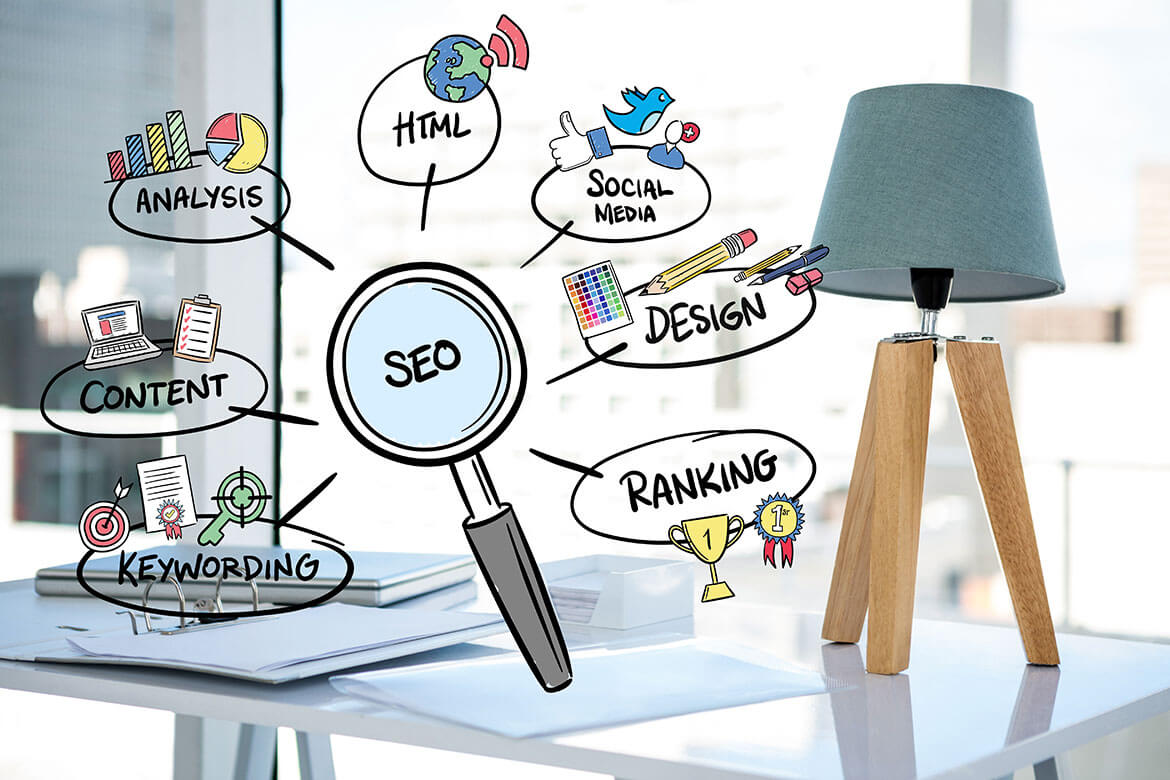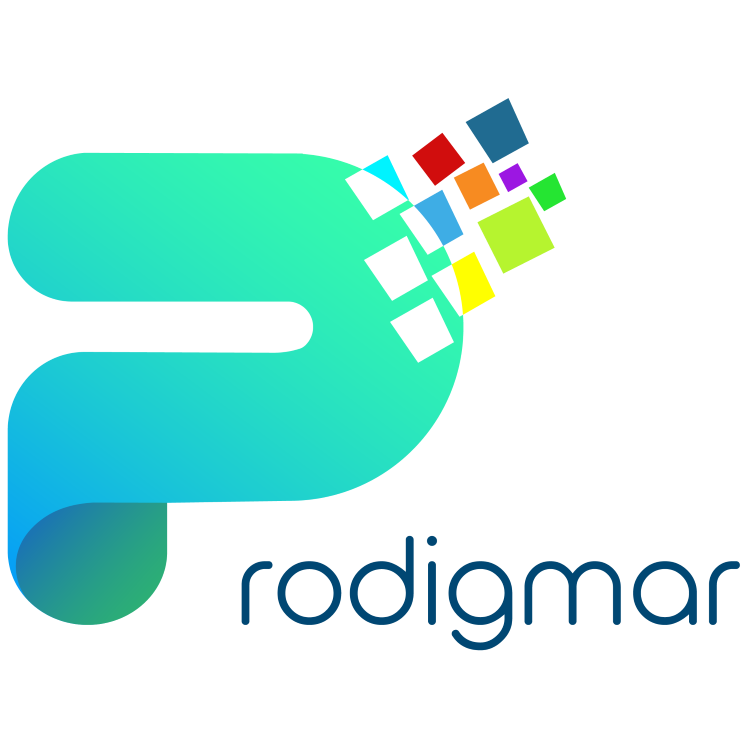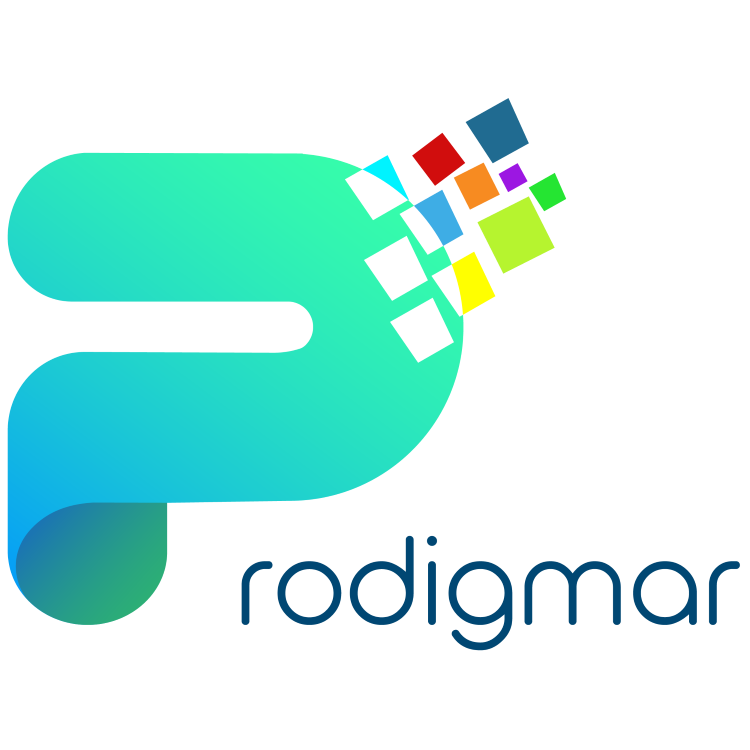How Website Design Impacts SEO and Google Rankings
Your website design isn’t just about aesthetics—it’s a crucial factor that influences how well your site ranks on Google. In fact, great website design can boost your SEO, improve user experience, and drive more organic traffic.
At Project Digital Marketing, we know how to blend beautiful design with search engine performance. Let’s explore how your design choices can either help or hurt your visibility in search results.

✅ 1. Mobile-Friendly Website Design Matters More Than Ever
Google prioritizes mobile-first indexing, meaning the mobile version of your site is what gets ranked. A responsive website design ensures your content looks great and functions well on all devices.
- Improves user experience across smartphones and tablets
- Reduces bounce rate and increases dwell time
- Helps you meet Google’s mobile usability standards
Tip: Use a flexible grid layout and scalable images to keep your site mobile-optimized.
✅ 2. Page Speed and Load Time Are SEO Ranking Factors
Slow websites frustrate users—and Google. A poorly optimized website design with large files, uncompressed images, or bloated code can significantly slow down your site.
Fast-loading websites improve user experience and help your pages rank higher.

✅ 3. Clean Navigation and Site Architecture Help Google Crawl Your Site
A smart website design organizes content in a way that’s easy for both users and search engines to navigate. Proper internal linking, logical menus and consistent structure make your site easier to crawl and index.
Additionally, clear CTAs and page hierarchy improve conversions and reduce bounce rates—both indirect ranking factors.
✅ 4. Core Web Vitals Are Influenced by Design
Google’s Core Web Vitals measure how users experience your site. Your website design directly affects these vitals through how it’s built and displayed.
- LCP (Largest Contentful Paint): Measures loading speed
- FID (First Input Delay): Measures interactivity
- CLS (Cumulative Layout Shift): Measures visual stability
Optimizing your design for these metrics is now essential for strong rankings.
✅ 5. Visual Hierarchy Enhances Content Readability
Good design makes your content more readable and skimmable. When users can quickly find what they need, they stay longer. This increases dwell time—another indicator that Google uses to rank your site.
Use consistent headings, bullet points, and whitespace to guide the reader’s eyes through your content.

✅ 6. Image Optimization Starts with Smart Design
Every image should be compressed, responsive, and include an alt tag. When your website design relies heavily on visuals, it’s crucial to ensure they are web-friendly and SEO-ready.
Properly optimized images also appear in Google Image search—another way to boost visibility.
Final Thoughts
Your website design plays a direct role in how well you rank on Google. From mobile responsiveness and page speed to structure and visuals, every design decision impacts SEO in some way.
Don’t settle for a site that only looks good. 👉 Contact Project Digital Marketing to design a website that performs—and ranks—better.


